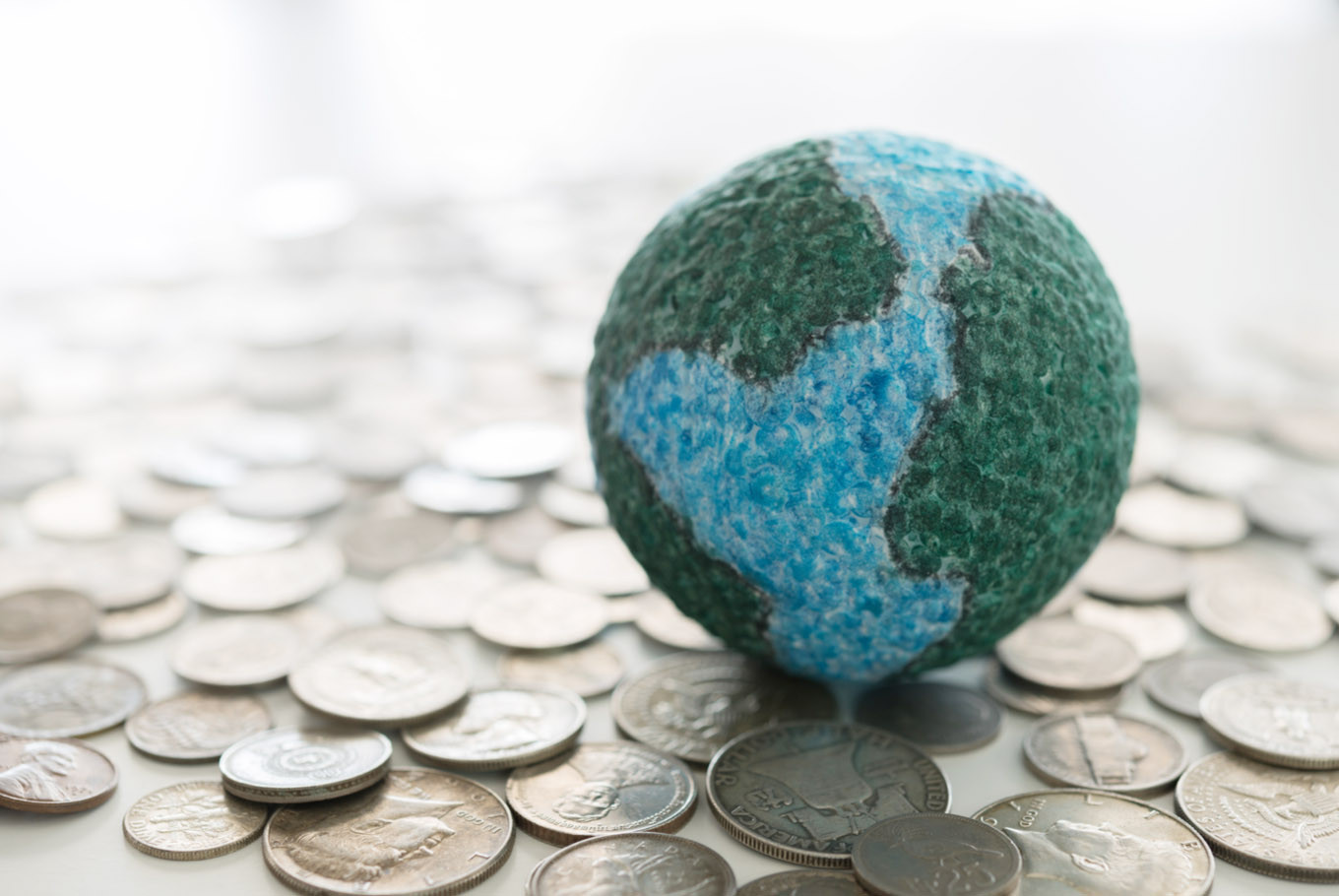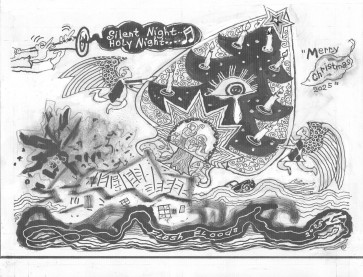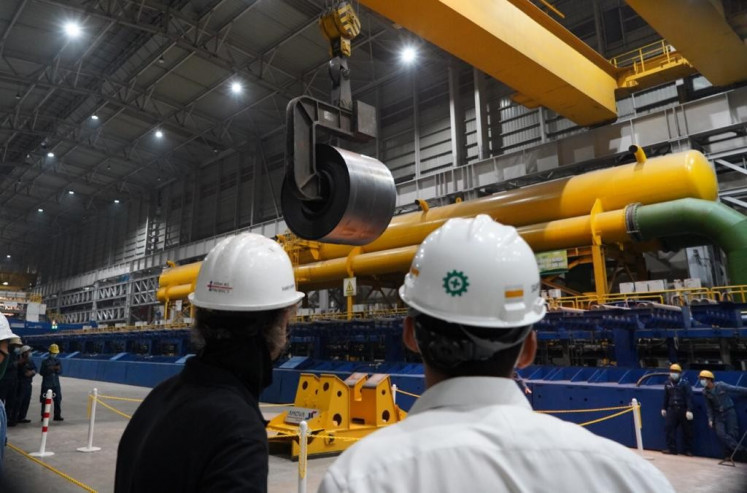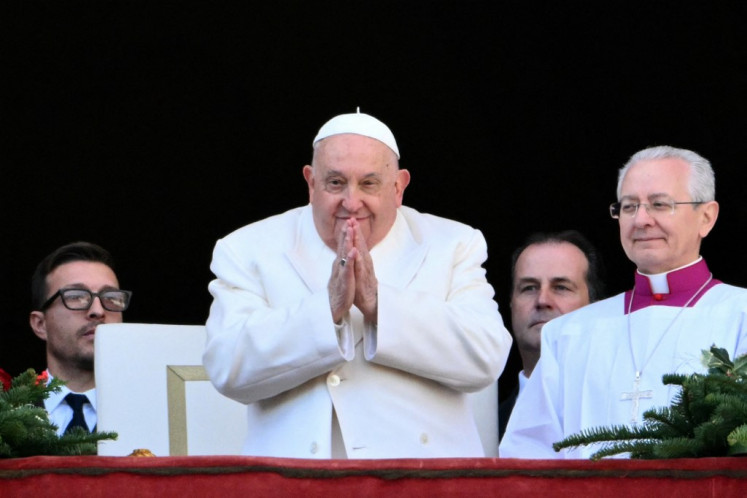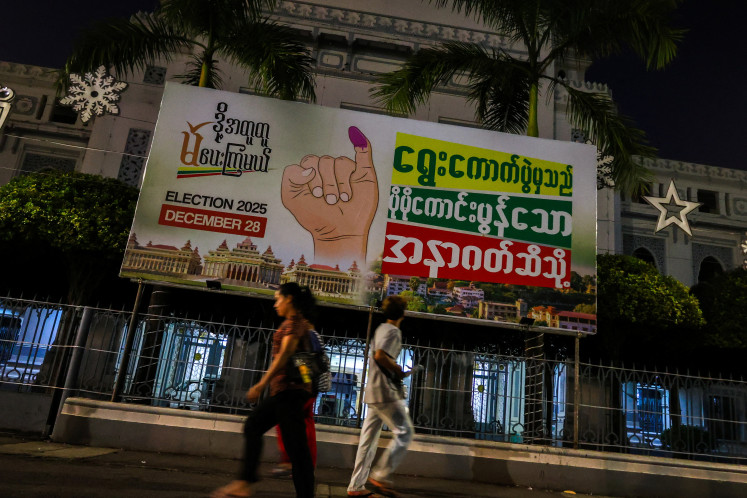Popular Reads
Top Results
Can't find what you're looking for?
View all search resultsPopular Reads
Top Results
Can't find what you're looking for?
View all search resultsIndonesia into upper-middle income group
With income per capita at $3,846 as of 2017, Indonesia is moving closer to attain upper-middle income country (UMIC) status and is expected to join the group in less than five years.
Change text size
Gift Premium Articles
to Anyone
T
he World Bank analytically divides the world’s economies into four income groups: high, upper-middle, lower-middle and low. Countries that are categorized as upper-middle income are the ones with income per capita ranging from US$3,896 to $12,055.
With income per capita at $3,846 as of 2017, Indonesia is moving closer to attain upper-middle income country (UMIC) status and is expected to join the group in less than five years. This new status would convey a discerning signal that Indonesia manages to gradually develop. Indonesia has been in the lower-middle income country (LMIC) group since 2003. Previously, between 1998 to 2002, Indonesia had been relegated to the low income country (LIC) group after joining the LMIC group for the first time since 1993. In total, Indonesia has had LMIC status for 21 years.
The forecast seems to convey positive prospects. With the current growth rate, Indonesia’s economy would double in size in the next 20 years. However, the conjecture needs to be taken with a pinch of salt. Recent literature highlights the progress and quality of development beyond calculation of income or economic size.
Countries labeled as upper-middle income undeniably reflect an improvement in governance and economic development and it is indeed considered a stepping stone to upgrade into high income status.
Meanwhile, economic characteristics among the UMIC is fairly diverse. The deviation of national income per capita is large. The average gross national product (GNP) per capita for UMIC is about $6,510, but the jarring gap between the highest (Costa Rica at $11,120) and the lowest (Algeria at $3,940) is distinct.
Reaching UMIC status does not really guarantee a country’s economic robustness and stability; some countries had at least once fallen into lower-middle income or low income status.
For instance, Angola had lost UMIC status in 2016; Brazil had UMIC status for 27 years but it somehow fell to LMIC between 2002 and 2005. Belarus was relegated from UMIC to LMIC in 1994 before regaining UMIC status in 2007. Russia seems to be trapped in UMIC status after losing high income country (HIC) status in 2015. A similar fate also awaits Venezuela, which could only retain HIC status for a year (in 2014).

